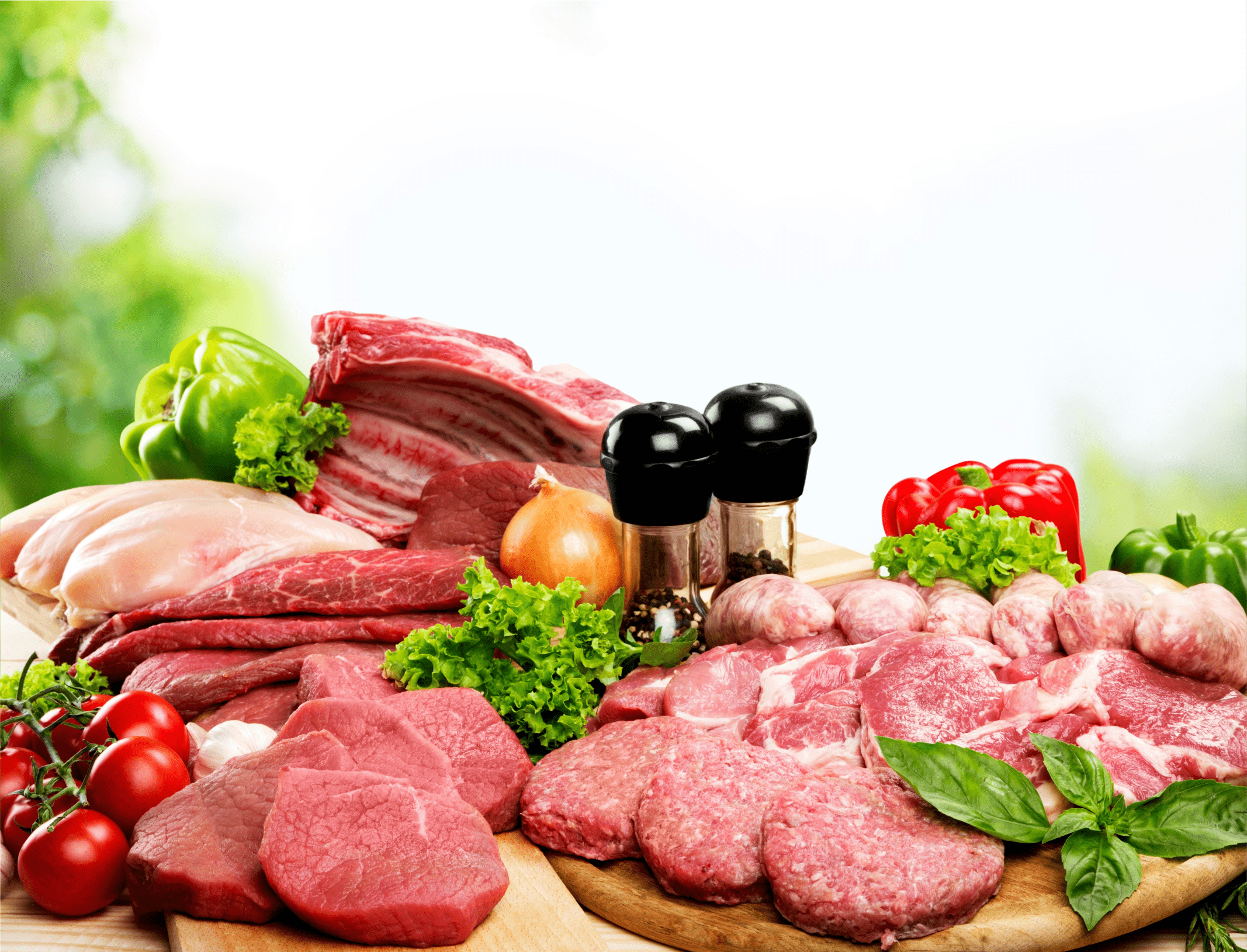- ul. Antoniego Słomińskiego 1, 50-304 Wrocław
- Godziny otwarcia : Mon-Fri 08:00 - 16:00
Cheftel, J. C. (1992). Effects of high hydrostatic pressure on food constituents: An overview. In C. Balny, R. Hayashi, KK. Heremans & P. Masson (Eds), High pressure and Biotecnology, Colloque INSERM (Vol. 224) 195-209.
Daoudi (2004) Efecto de las altas presiones hidrostáticas sobre el gazpacho y zumo de uva. PhD thesis. Universidad Autónoma de Barcelona.
Goh et al. (2007) Baroprotective effect of increased solute concentrations on yeast and moulds during high pressure processing. Innovative food science and technologies, 8, 535- 542
Hsu (2008) Evaluation of processing qualities of tomato juice induced by thermal and pressure processing. LWT – Food Science and Technology, 41(3), 450–459.
Hsu et al. (2008) Evaluation of microbial inactivation and physicochemical properties of pressurized tomato juice during refrigerated storage. LWT – Food Science and Technology, 41(3), 367–375. doi:10.1016/j.lwt.2007.03.030
Maitland et al. (2012) High hydrostatic pressure processing reduces Salmonella enterica serovars in diced and whole tomatoes. International journal of food microbiology, 149(2), 113–7
Neetoo and Chen (2012) High pressure inactivation of Salmonella on Jalapeño and Serrano peppers destined for direct consumption or as ingredients in Mexican salsa and guacamole. International journal of food microbiology, 156(3), 197–203
Plaza et al. (2003) Effect of combined treatments of high-pressure, citric acid and sodium chloride on quality parameters of tomato puree. European Food Research and technology, 514–519.
Qiu et al. (2006) Effect of high hydrostatic pressure on lycopene stability. Food Chemistry, 97(3), 516–523.
Shook et al. (2001) Polygalacturonase, pectinesterase, and lipoxygenase activities in high-pressure-processed diced tomatoes. Journal of agricultural and food chemistry, 49(2), 664–8.
Waite et al. (2009) Production of shelf-stable ranch dressing using high-pressure processing. Journal of food science, 74(2), M83–93.
HPP TradeBridge Sp. z o.o.
Centrum Usługowe
Copyright © 2022. All rights reserved.
MarketingPoint360.com
WhatsApp us

Technologia HPP skutecznie zabija szkodliwe bakterie i wydłuża okres przydatności do spożycia szerokiej gamy produktów białkowych, zarówno surowych, jak i gotowanych. Stosowanie HPP do gotowanego mięsa często eliminuje potrzebę stosowania sztucznych konserwantów, aby przedłużyć okres przydatności do spożycia i zabić organizmy powodujące psucie się mięsa. Wysokie ciśnienie jest również doskonałym rozwiązaniem dla surowego białka, takiego jak mielony indyk i pierś z kurczaka, niszczących bakterie i patogeny, które powodują choroby i znacznie wydłużając okres przydatności do spożycia. Producenci cenią sobie możliwość oferowania świeżych, nigdy nie podgrzewanych, gotowych do przygotowania posiłków produktów premium coraz bardziej wymagającym i świadomym jakości klientom.
HPP to skuteczna metoda pasteryzacji bez ciepła dla szerokiej gamy mięs.
Jakie produkty można poddać procesowi paskalizacji?
Plastikowe pojemniki z uszczelnieniami indukcyjnymi/termicznymi, MAP (opakowanie w zmodyfikowanej atmosferze), plastikowymi próżniowymi i opakowaniami typu kleń – wszystko to dobrze sprawdza się w przypadku produktów białkowych i procesu HPP. Skontaktuj się z nami, aby uzyskać więcej informacji na temat mięs HPP i wymagań dotyczących pakowania.